REAL VS. FAKE LEATHER
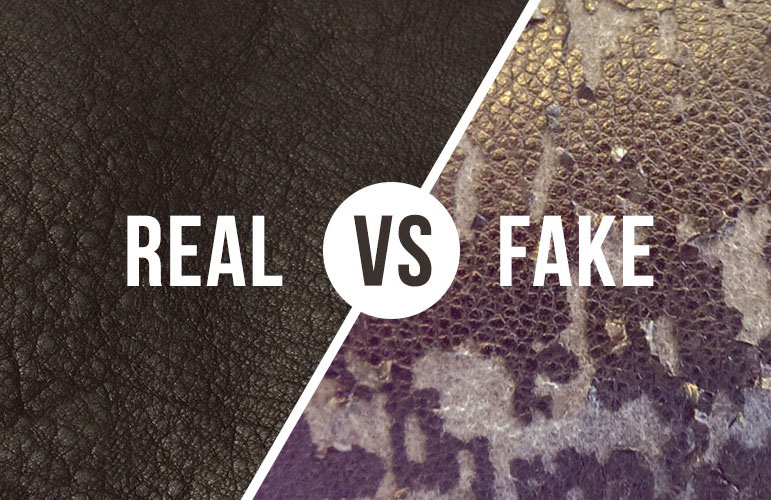
If there is any question as to whether a bag is made from real leather or fake leather, don’t purchase it. A quality leather is a natural product, and nothing manmade will ever have the same level of quality or endurance. Look for “full grain” leather whenever possible; leather that has not had its surface altered (or “coated”) to mask the natural markings on the hide (literally, the scars of the animal). Items that are stamped “genuine leather” (rather than “full grain”) are usually leather splits taken from the backside of the skins, stamped with an artificial grain pattern, then coated with a painted surface to resemble full grain leather. This can be very deceptive, as these hides will not be nearly as soft or durable.
DETERMINING LEATHER QUALITY
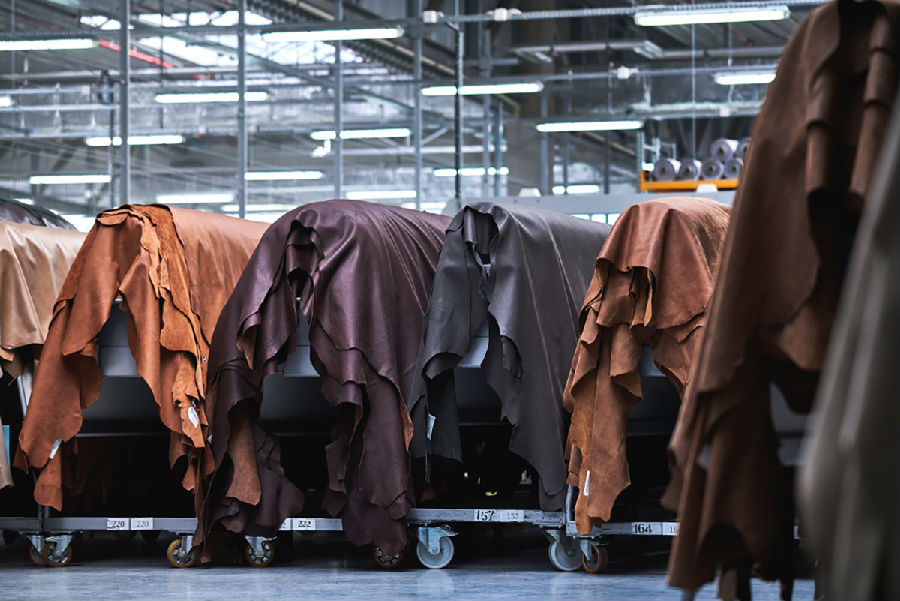
Two factors ultimately determine the quality (and price) of a piece of leather: the hide selection and the tanning process.
The hide selection refers to how clean the leather is with regards to the amount of natural marks on the hide. Leathers are typically graded (and priced) based on the cleanliness of the hide, and the overall health conditions of the animal’s skin.
Tanning is the process of treating the skins of animals to produce leather, making it more durable and less susceptible to decomposition. Traditionally, tanning used “tannin”, an acidic chemical compound derived from the bark of oak or fir trees. Tanning can be performed with either vegetable or mineral methods. Before tanning, the skins are unhaired, degreased, desalted and soaked in water over a period of 6 hours to 2 days. Coloring may also occur during the tanning process.
Ultimately, a quality leather should have a soft, supple touch that is naturally appealing and inviting. It should not resemble vinyl or any synthetic material. Avoid anything plastic-y or rubber-y, these “leathers” will not have the same strength or aging benefits.
LINING & FINISHING
Any bag linings should be made from a durable material and should feel like they will perform over a long period of time. Anything flimsy or cheap on the inside reflects the overall craftsmanship and expected lifespan of the product. Think long-term and remember that you’re probably going to be hard on it.
One of the most time consuming operations on leather goods is clean-finishing the edge surfaces. High quality bags usually have edges that have been polished by hand (not un-kept raw sides). It’s one of the ways a craftsman can show the attention put into his product.
HARDWARE & ZIPPERS
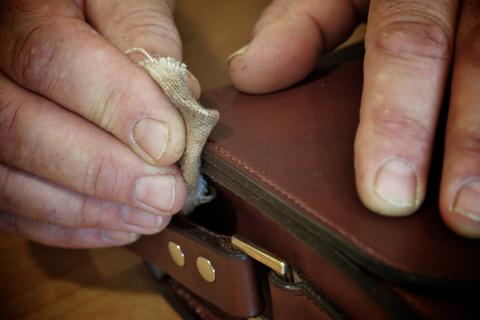
Zippers are a very important component of a bag and should never be compromised. Once a zipper fails, a bag might become useless. Brass is generally the choice for a quality zipper, with platings in nickel or copper. The highest quality zippers have teeth that are not sharp and a zip-slider that is also made from brass (not an inferior metal). Most zippers break when the cloth along the edges of the teeth has worn through, so you want to look for a very sturdy zipper-tape fabric. It’s also important that zippers be set into the bag properly and operate smoothly, so give it a few test runs to make sure it glides smoothly and their is no unnecessary friction. Lastly, the weight & size of the zipper should be appropriate for the size of the bag, considering you will probably overstuff it at some point.
After zippers, hardware is probably the second most frequent cause of repair issues. Hardware such was d-rings, buckles, and rivets should also be made using solid brass but copper, bronze, nickel silver, and plated zinc can also be used. The finish on the hardware should be clean, showing no cast lines, and their size should look appropriate (and strong enough) for the maximum capacity and weight of the bag. All hardware should be securely attached, and all stress points should be reinforced with extra stitching. If rivets are used, back-washers are important to prevent pull through. On buckles the tongue should be heavy enough not to bend and fail. Don’t be afraid to give the hardware a good strong test pull to make sure it’s built to last.
HANDLES & STRAPS
The handle(s) are your first contact with the bag – these should feel comfortable/sturdy in the hand and be fabricated from multiple layers of stacked leather (they should not feel flimsy or “hollow”). Carry handles should also not be so long that the bag will sway when walking (this will add increased stress to the bag’s focal points).
How the the handles or carrying straps are anchored to the bag is also important. If stitched, there should be extra layer of tack stitching where the handle meets the bag, along with additional support behind the point of contact to avoid pull-through.
MAINTENANCE
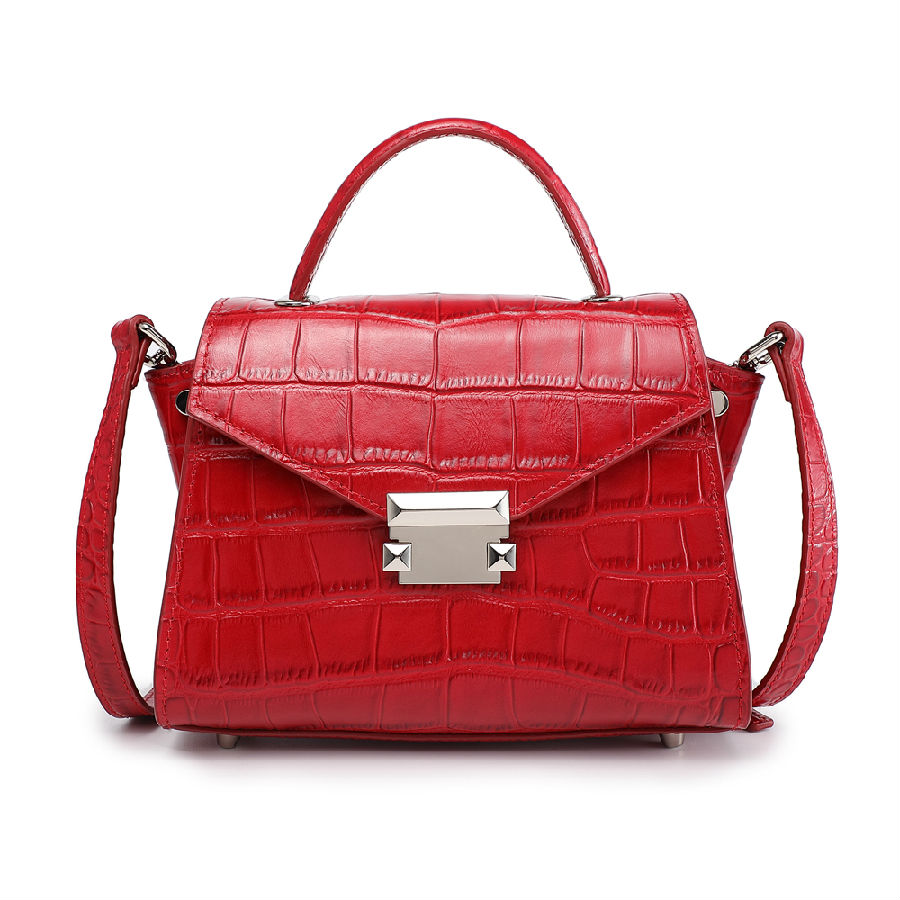

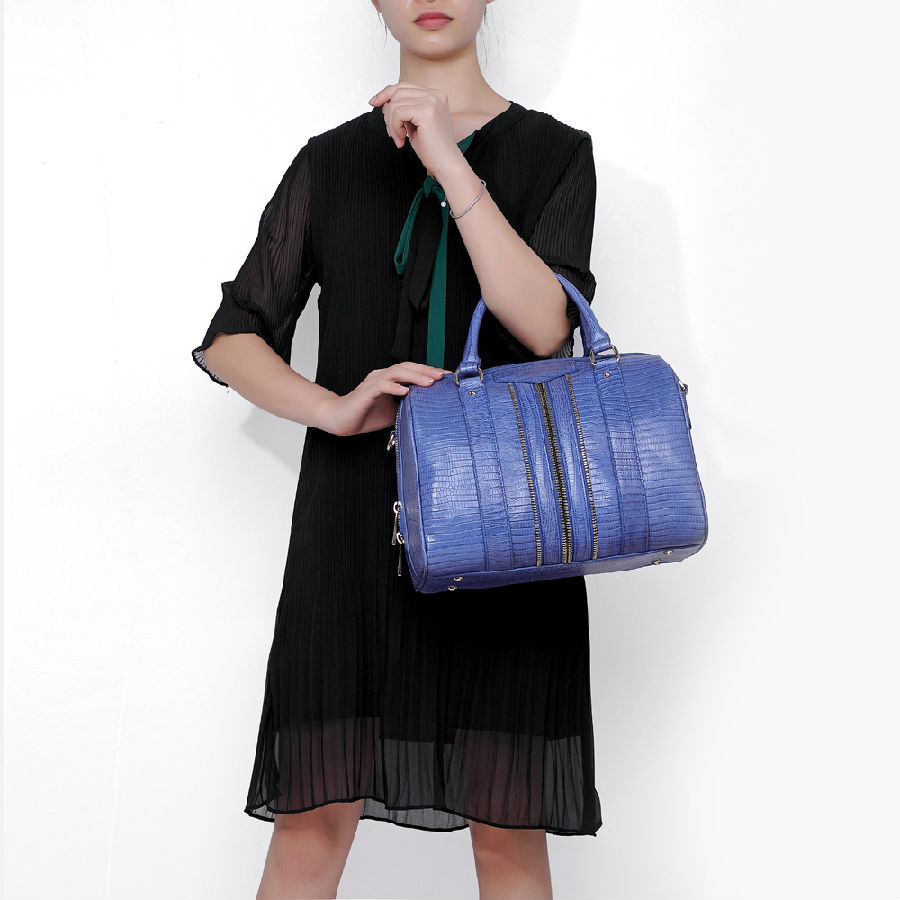

For a bag to last, it’s important to apply a conditioner to keep the leather from drying out. Never put a bag that has become wet in a dark place to dry. Mold can become an issue and cause weakness. Allow leather goods to air dry before putting them away. A conditioner applied on a regular basis will nourish the leather and keep the stitch areas from drying out. Before you lather it up with a new conditioner, though, it’s always a good idea to test a little on a small hidden spot where there is no danger of damaging or discoloring the bag.
When putting products in direct sunlight for long periods of time you risk drying out the leather or having the color fade. Do not put leather bags in a tightly sealed, plastic bag. Any container should be able to ventilate. Try not to place leather bags on wet floors, or scrape them across rough surfaces. Always pick up a bag using both handles (unless it only has one). Make sure when traveling that any containers that have liquid inside are in a second container to avoid spilling into the bag…
If you respect a quality purchase like a handmade genuineleather, you will most likely be rewarded with many many years of enjoyment.